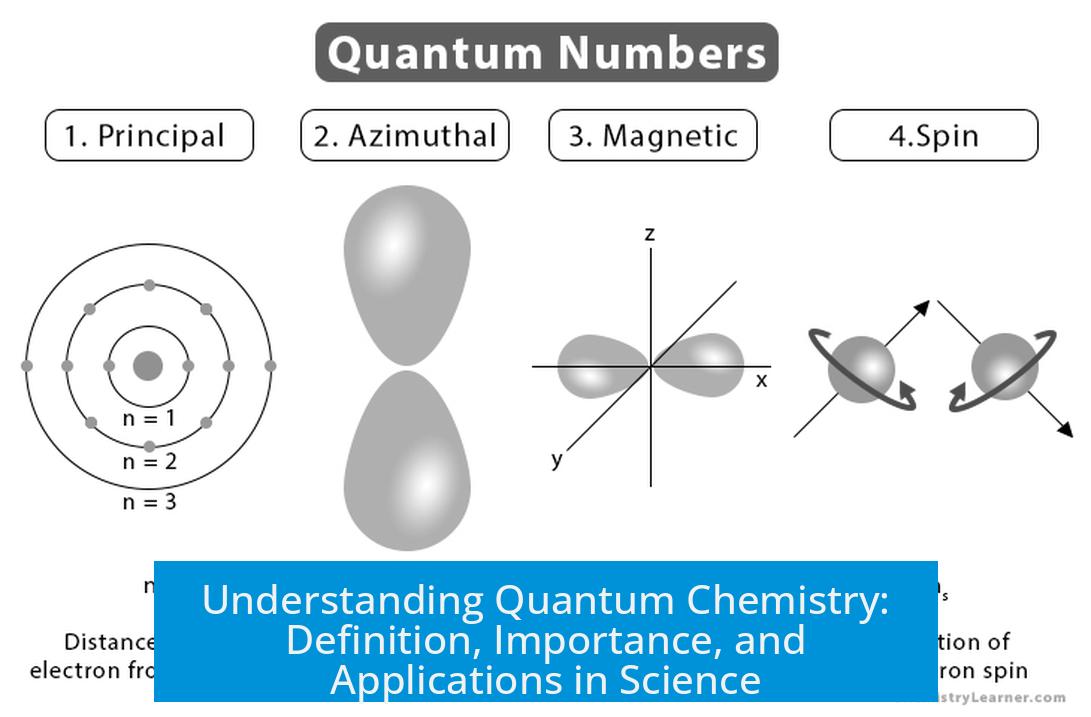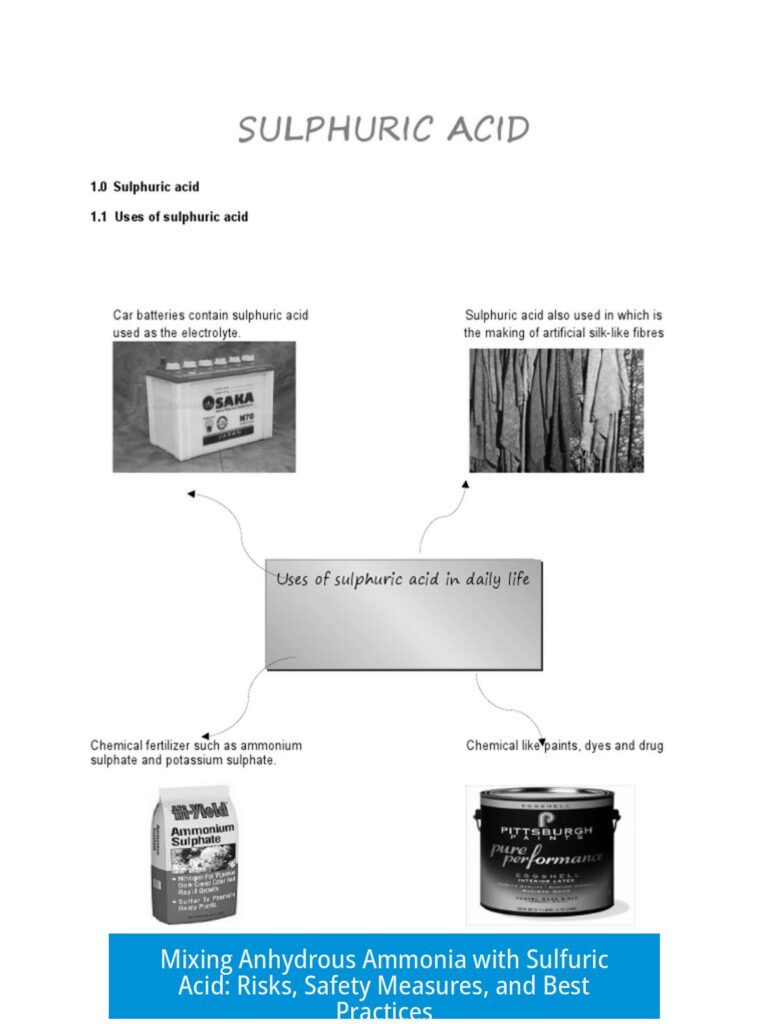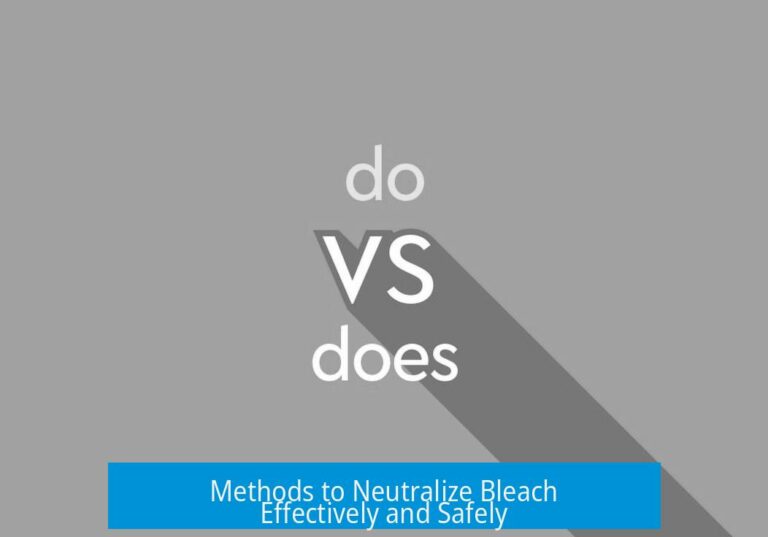What is Quantum Chemistry?

Quantum chemistry is the branch of chemistry that applies quantum mechanics to explain the behavior of atoms and molecules, particularly their electronic structure and chemical bonding. It helps chemists understand how electrons arrange themselves, how bonds form and break, and how matter interacts with light and radiation. This field plays a vital role in modern chemistry by providing quantitative models that go beyond traditional qualitative approaches.
Definition and Scope
Quantum chemistry emerges from the principles of quantum mechanics, a theory that describes the physical behavior of particles at atomic and subatomic scales. It addresses fundamental questions such as:
- How electrons arrange in atoms and molecules
- How chemical bonds form between atoms
- How particles interact with electromagnetic radiation
- How radioactive processes occur
This field explains the microscopic structure and properties of matter. For example, it clarifies how electrons occupy discrete energy levels in atoms and molecules, which directly influences the layout of the periodic table. Quantum mechanics provides the tools to understand these energy states and their influence on chemical properties.
Additionally, quantum chemistry enables the modeling of chemical reactions, predicting how bonds break and form, and estimating the energy changes during those reactions. It is the foundation of computational chemistry, which uses computer simulations to solve quantum mechanical equations approximately and predict chemical behavior.
Purpose and Importance to Chemists
Chemists use quantum chemistry to solve crucial questions that are otherwise difficult to address through experimental methods alone. Typical questions include:
- What is the electronic and geometric structure of a given molecule?
- How will two substances interact if mixed?
- Why does a compound change color under certain conditions?
Quantum chemistry reveals the microscopic structure and electronic behavior of molecules. It acknowledges that molecules consist of nuclei and electrons, and these subatomic particles follow strict quantum laws. Mathematical models emerging from these principles have the advantage of predicting measurable properties with numbers, unlike traditional qualitative methods such as Lewis structures or arrow pushing in organic chemistry.
The ability to provide quantitative predictions enables chemists to:
- Identify unknown species by comparing computed spectra to experimental data
- Reduce hazardous experiments by predicting the outcomes computationally
- Design molecules or materials with targeted properties
For example, if a measured spectrum is ambiguous, quantum chemical calculations for candidate species can help clarify which species is present. Likewise, the computational modeling of radioactive compounds can help minimize the need for physical handling, improving safety.
Challenges and Limitations
Quantum chemical computations face key challenges. The fundamental quantum mechanical equations governing many-electron systems cannot be solved exactly for most molecules. Therefore, chemists rely on approximations and numerical methods.
Some problems are relatively straightforward. Basic calculations on small organic molecules for properties like structure and thermochemistry often yield reliable results with moderate computational cost. However, more complex systems and properties require expert knowledge to choose appropriate methods and interpretations.
Specific challenges include:
- Calculating electronic spectra accurately, especially UV-Visible spectra when solvent effects are influential
- Simulating infrared spectra, where rough vibrational frequencies are easier to obtain than precise nuclear dynamics
- Balancing computational cost, accuracy, and feasibility in large or highly complex systems
Because no universal computational method fits all scenarios, users must carefully select methods tailored to the system and property of interest. Misinformation can arise from improper choices or insufficient understanding of computational limitations.
Roles of Quantum Chemists
Quantum chemists contribute in multiple ways:
- Virtual experimentation: They perform computational simulations that answer chemical questions where real experiments are difficult, expensive, or unsafe.
- Method development: They design and improve computational techniques to increase accuracy, reduce calculation times, or extend capabilities to new kinds of problems.
- Tool creation: Sometimes, the phenomena under investigation lack existing methods. Quantum chemists develop novel tools to analyze and explain these phenomena.
This multifaceted role supports chemical research and innovation across academic, industrial, and medical fields.
Relations to Other Fields and Applications
Quantum chemistry forms the theoretical underpinning for many spectroscopic techniques, such as nuclear magnetic resonance (NMR), electron paramagnetic resonance (EPR), and magnetic resonance imaging (MRI). These techniques rely on quantum mechanical descriptions of atomic and molecular interactions with electromagnetic fields.
Applications span various disciplines:
- Biochemistry, where spectroscopy elucidates biomolecular structures and dynamics
- Forensic science, for molecular analysis of samples
- Food safety and regulation, identifying contaminants or verifying composition
- Medicine, particularly in imaging and diagnostic techniques
- Energy research, through simulations of x-ray spectra supporting solar energy material studies
Overall, quantum chemistry reflects that all chemical phenomena are fundamentally quantum mechanical. It is “just plain old chemistry” approached with the most rigorous physical theory available.
Additional Insights
Quantum chemistry emphasizes the wave nature of particles rather than treating electrons and nuclei as classical particles alone. This approach aligns with the principles of wave mechanics and avoids oversimplification.
The field intends to reduce dependence on physical laboratory experiments by enabling comprehensive virtual experimentation. This shift improves safety, resource utilization, and predictive capabilities in chemical research.
Summary of Key Points
- Quantum chemistry applies quantum mechanics to explain electronic structure and chemical bonding.
- It provides quantitative, predictive models for chemical properties beyond traditional qualitative methods.
- Covers phenomena such as light interaction, radioactivity, and molecular behavior underlying the periodic table.
- Computational quantum chemistry enables virtual experiments, helping solve problems impractical in the lab.
- Exact solutions are unattainable; approximations require careful selection and expertise.
- Quantum chemists both apply existing methods and develop new computational tools.
- Underlying quantum chemistry theory supports spectroscopy, medical imaging, forensics, and energy research.
- The field stresses the wave nature of particles and offers alternatives to exclusively experimental chemistry.
What key problems does quantum chemistry help chemists solve?
It helps identify compounds, predict reaction outcomes, and explain changes in properties like color. Chemists use it to understand the microscopic behavior of molecules based on electron and nuclei interactions.
Why can’t quantum chemical equations be solved exactly?
The equations are too complex for exact solutions. Scientists rely on approximation methods, which work well for some molecules but require expertise to avoid errors in more complicated cases.
How does quantum chemistry support computational chemistry?
Quantum chemistry forms the foundation of computational chemistry. It provides mathematical models that predict molecular behavior, enabling virtual experiments and reducing the need for hazardous lab tests.
What limitations exist in modeling spectra using quantum chemistry?
Calculating UV-VIS spectra is challenging, especially with solvent effects. IR spectra positions can be approximated easily, but accurate nuclear dynamics require complex simulations and advanced techniques.
What roles do quantum chemists typically perform?
They run virtual experiments to explore chemical questions, create new computational methods, or combine both roles to develop tools for explaining chemical phenomena that experiments alone can’t address.





Leave a Comment